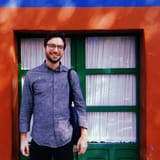Investments In Key Anti-Violence Initiative Slow to Come To Brownsville Houses
Just over two years ago, in the wake of a mass shooting at the Old Timers’ Day event in Brownsville that left one dead and 11 others injured, Mayor Bill de Blasio committed nearly $9 million in funding to support anti-violence initiatives in the neighborhood.
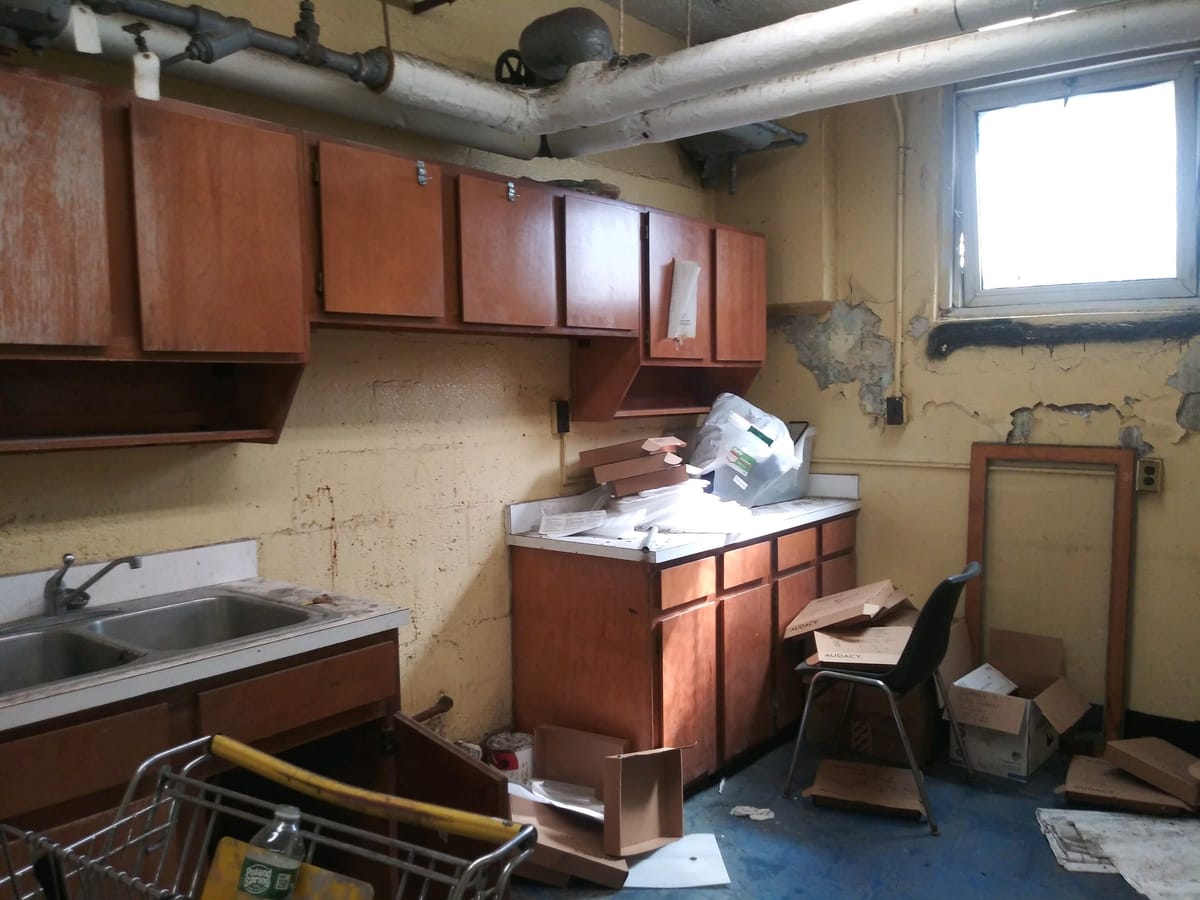
Rooms in the Brownsville Houses Community Center have been closed since before the pandemic, and a promised renovation has been slow to materialize. (Image: Karrie Scarboro)
Just over two years ago, in the wake of a mass shooting at the Old Timers’ Day event in Brownsville that left one dead and 11 others injured, Mayor Bill de Blasio committed nearly $9 million in funding to support anti-violence initiatives in the neighborhood. The Brownsville Houses complex was already part of the Mayor’s Action Plan for Neighborhood Safety (MAP), an earlier anti-violence initiative.
Some of the money, directed toward community services—like the Mayor’s Crisis Management System violence disruption program and the Department of Health’s Brooklyn Neighborhood Health Action Center—has been distributed. Some of the smaller capital improvements like new lights and security cameras were installed within weeks.
But the promised $5.2 million reconstruction of the community center at NYCHA’s Brownsville Houses - a key piece of the anti-violence initiatives - has barely moved at all.
Two years later, the city says the community center project is finally getting underway. But the cost of the work has more than doubled, and the president of the complex’s tenant association says she hasn’t heard any news since the pandemic began.
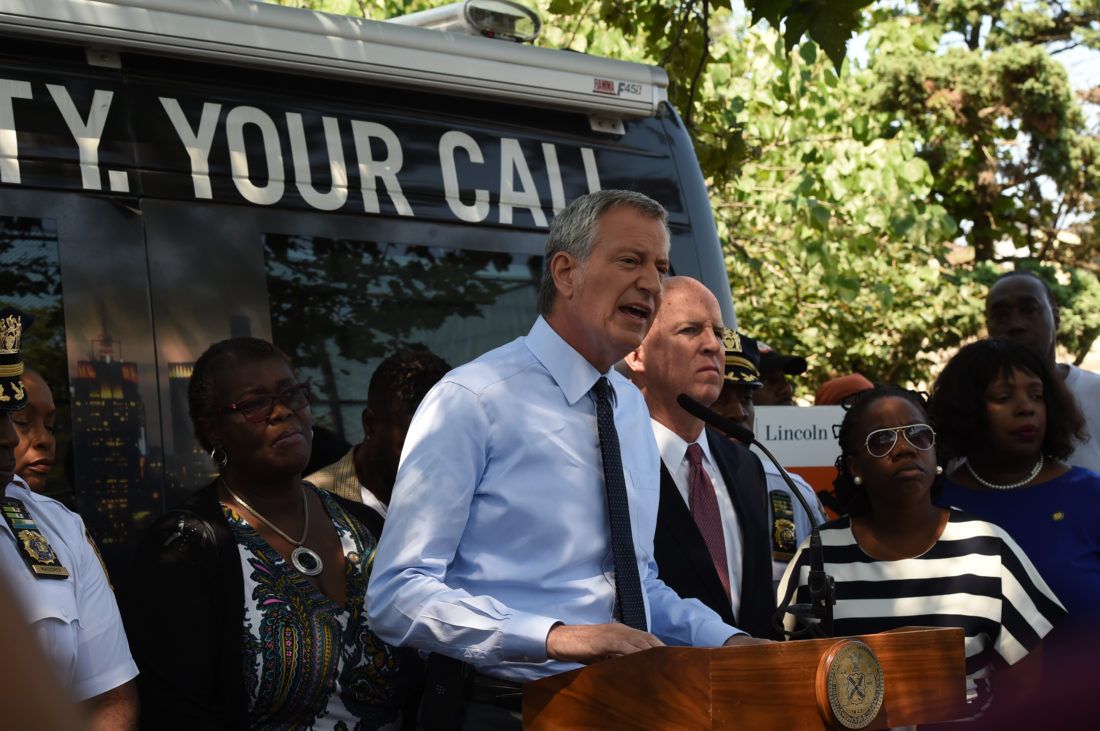
The Community Center
The total funding committed to the project, the city’s Department of Design and Construction (DDC) told Bklyner, is now $11.9 million. However, the city has so far signed contracts for just about $1.26 million in spending, informs the city’s Independent Budget Office.
A representative from the Mayor’s Office of Criminal Justice (MOCJ), meanwhile, estimated that construction on the eight-room center, located in the basement of 320 Blake Avenue, will be completed by September 2023, and the space will be usable in early 2024.
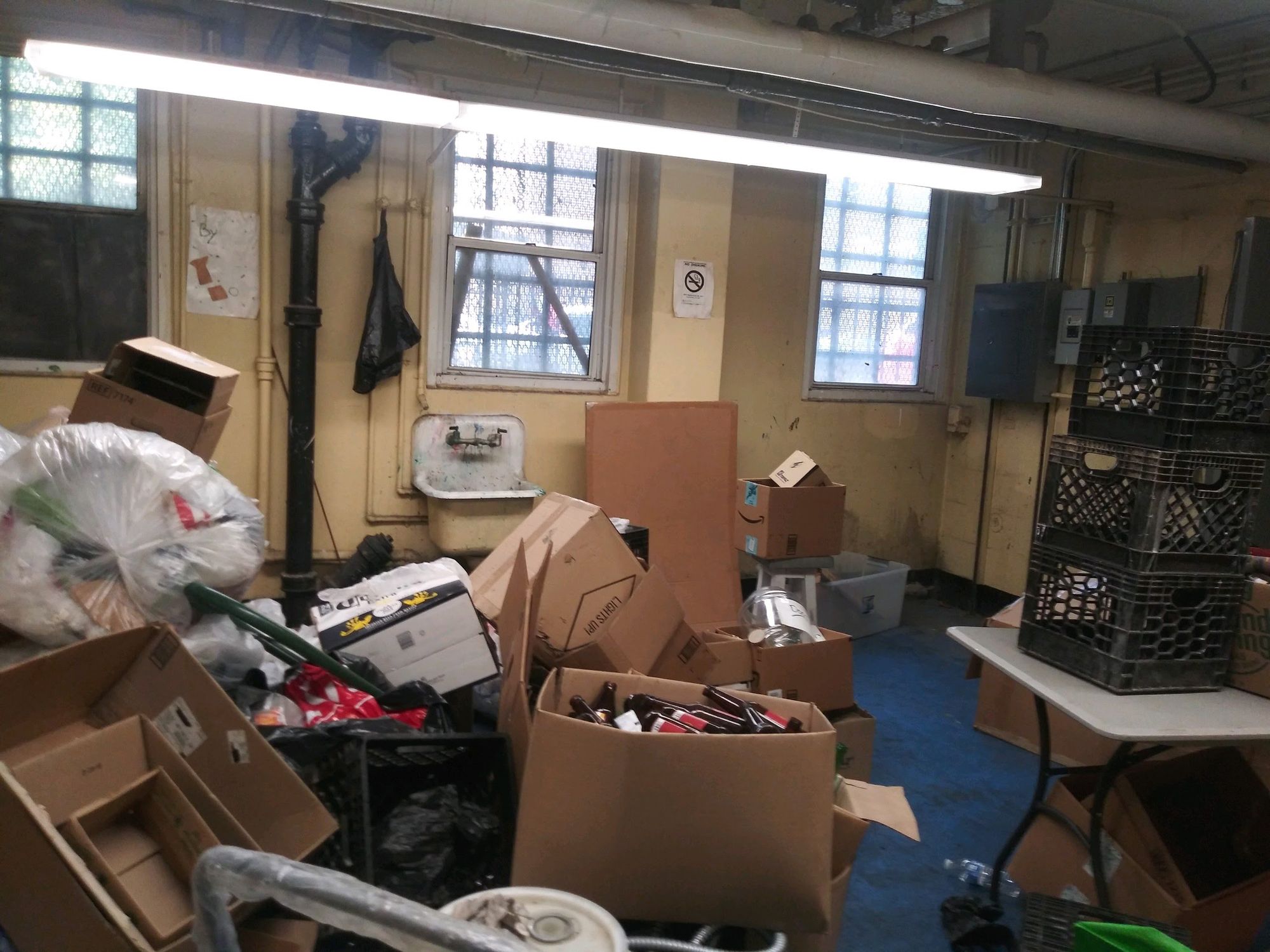
“The renovation of the Brownsville Houses Community Center is well underway,” Maggie Halley, MOCJ’s Communications Director, told Bklyner in an email. “The Department of Design and Construction is working with contracted architects and sub-consultants on the design plans for the Center and we are ensuring the plans reflect/respond to the needs of the community.”
But Karrie Scarboro, the head of the tenant association at the Brownsville Houses which is home to just over 3,100 residents in 1,338 apartments, says she hasn’t heard from the city since before the pandemic began.
“I haven't spoken to anyone from the Mayor's office since early 2020,” Scarboro told Bklyner.
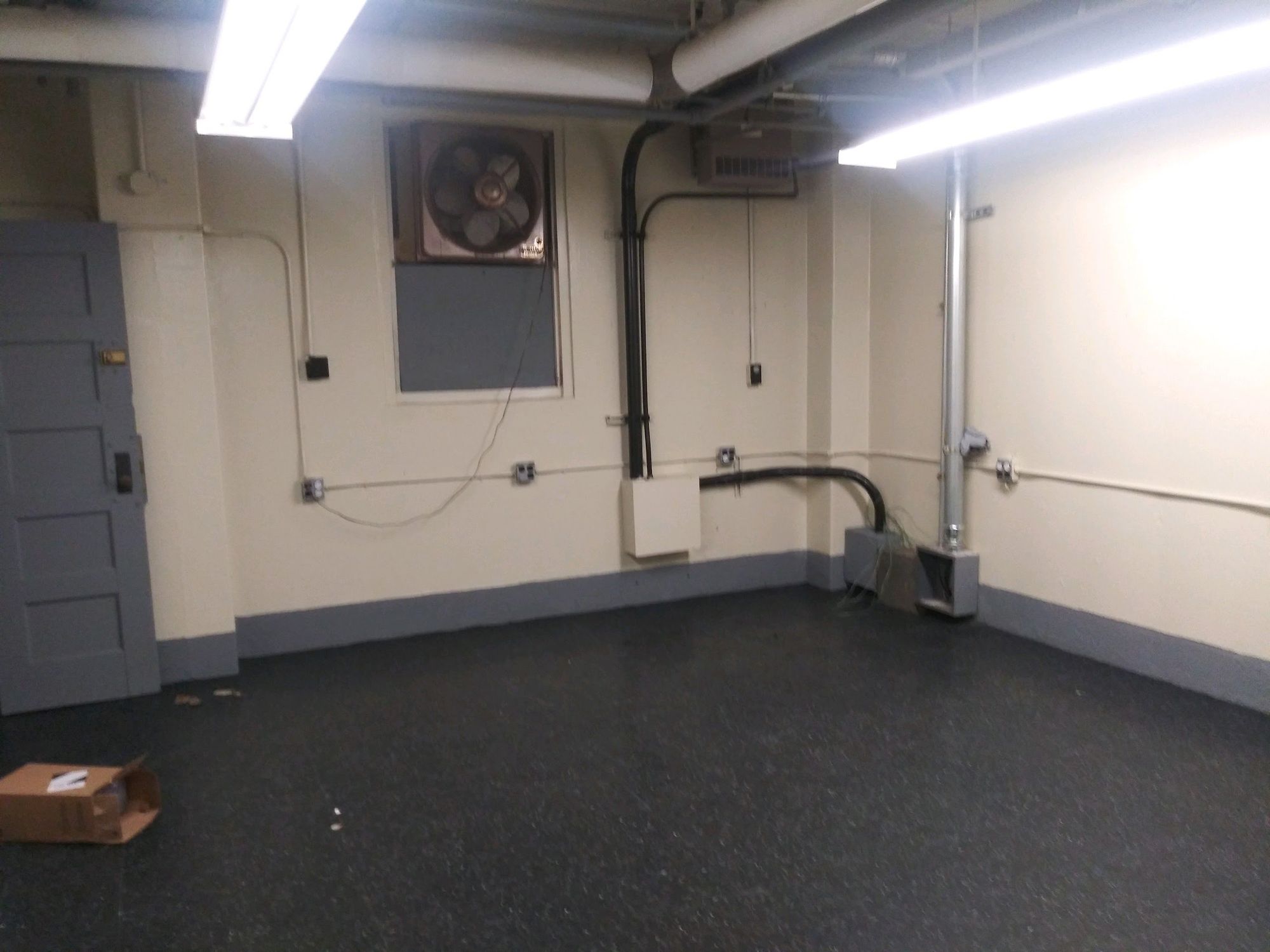
Scarboro said the eight-room community center, which includes a lounge and an office, used to host youth programming like cooking and music classes. But she said the space had been essentially closed and no work had been done since February 2020, even as the finishing touches were put on a new affordable housing development at the nearby Van Dyke Houses complex. The main lounge space, she said, is being used for storage.
“I am very frustrated,” Scarboro said. “At Van Dyke they built a whole entire building during COVID, but they couldn't come here. We could've had summer programs or evening programs. These kids really need the center back open. It's been too long that it's been closed.”
A DDC spokesperson said the agency was developing a tenant outreach plan that would begin in the fall.
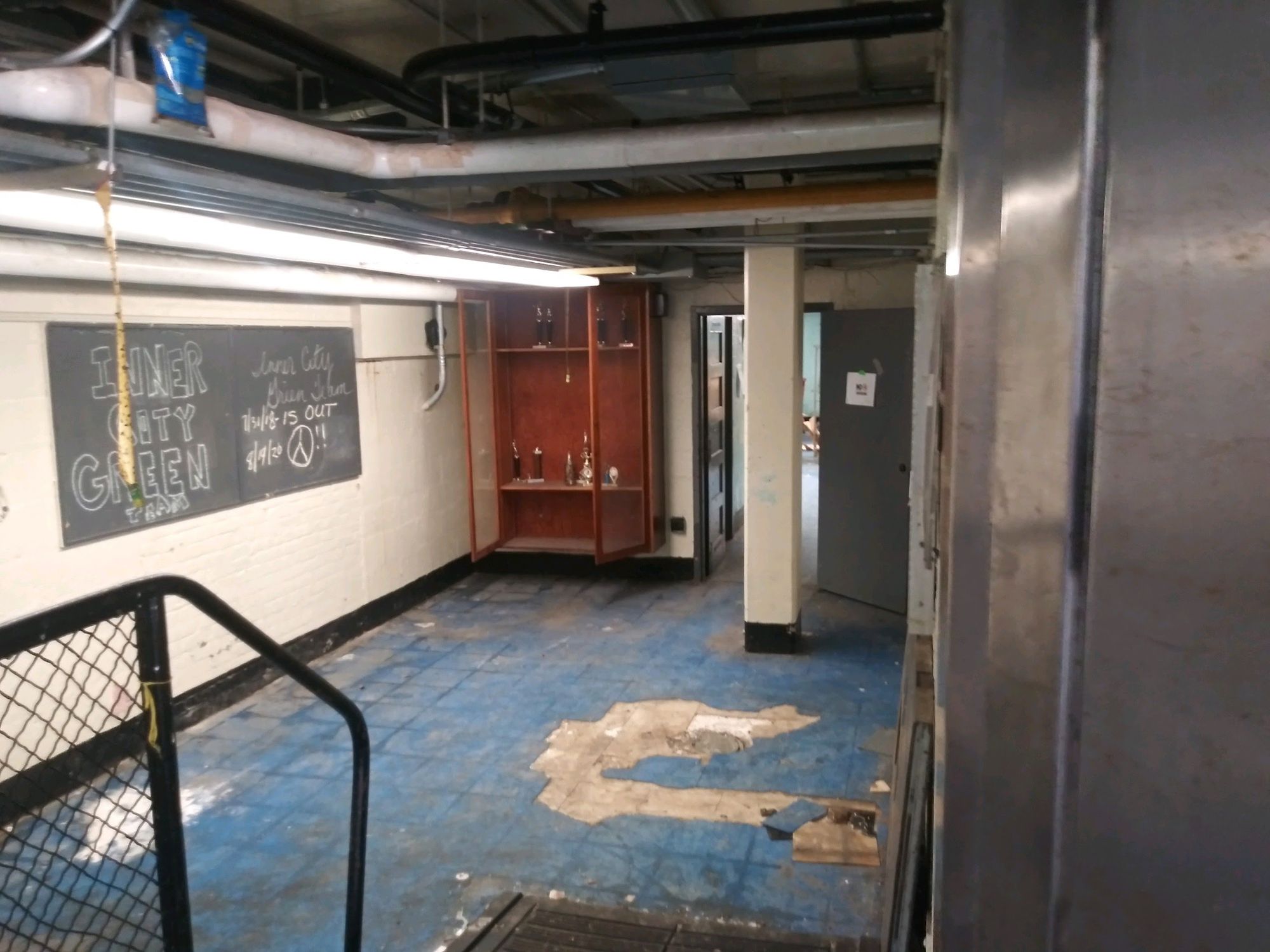
“We just began design and we do want their input,” the spokesperson, Ian Michaels, told Bklyner.
Halley from the MOCJ told Bklyner that the city has, in fact, continued to engage the tenant association. She also said the scope of the project includes repairs to the building exterior, accessibility upgrades and the creation of "prime activity areas," along with new bathrooms and administrative space. The Manhattan-based Obra Architects has been contracted to lead design on the project.
"The cost update for the community center reflects the full set of work that is necessary for the facility to meet the needs of the community," Hally said.
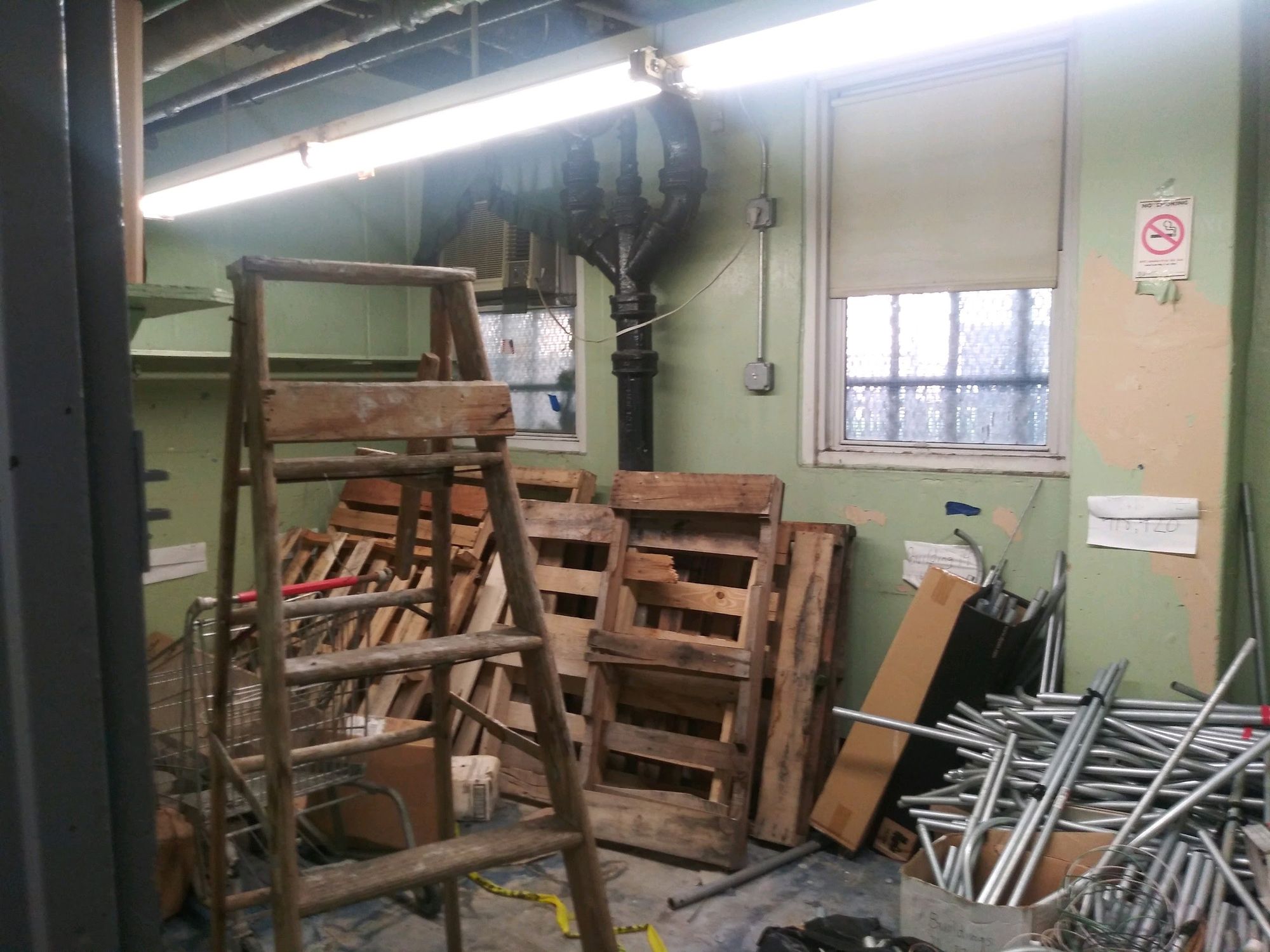
Violence Interrupter Funding
Some community leaders reacted to the 2019 announcement of funding with skepticism that it would have an impact. But Camara Jackson, founder of the anti-violence group Elite Learners, said the investments made, including $175,000 for a Mobile Trauma Unit van and $1 million in annual funding to expand the Crisis Management System (CMS) violence disruption program in Brownsville’s 73rd Police Precinct, had paid off.
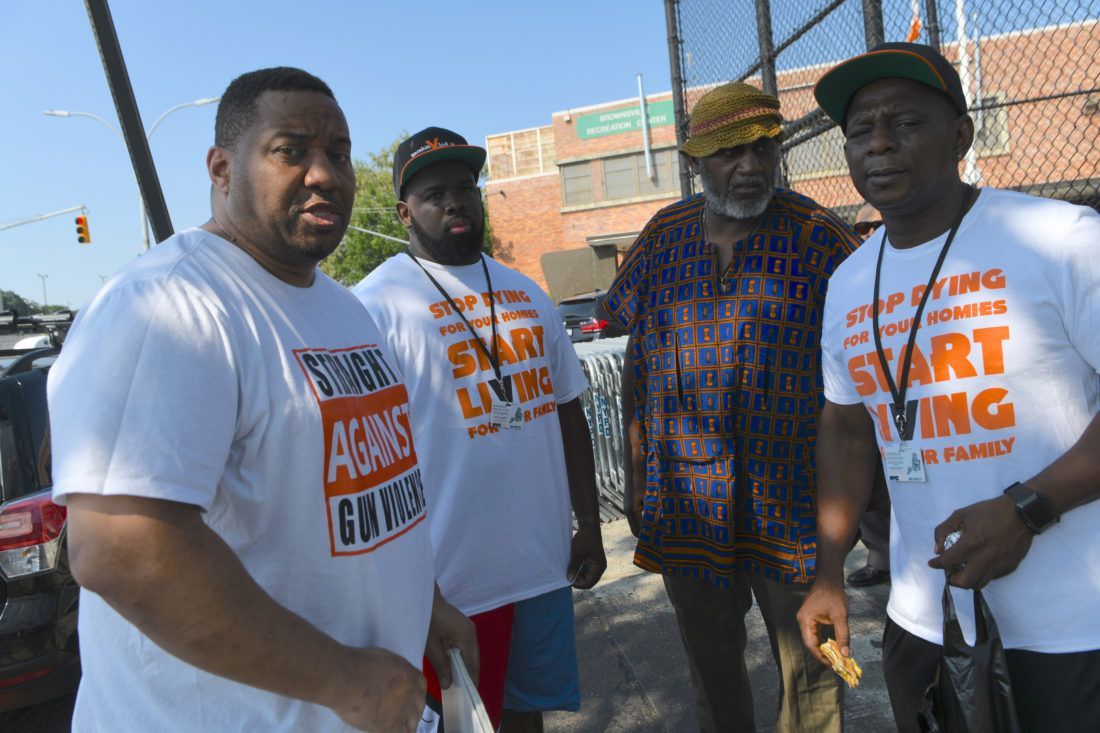
“It has made a tremendous impact,” said Jackson, who was also part of the Brownsville Rapid Response Coalition group created in response to the Old Timers Day shooting. “It’s still not enough, but it put more people on the street, gave us more violence interrupters.”
Elite Learners was one of four Brownsville organizations to receive funding through the CMS program, which is administered through the nonprofit Center for Court Innovation.
Jackson also praised the Precision Employment Initiative, another city effort announced this June to offer 1,000 people in Brownsville and other neighborhoods training and job placement support in the construction industry.
After a prolonged spike induced by the pandemic, gun violence in New York City seems to be slowing down slightly, though it remains more commonplace than it was in 2019. In the 73rd precinct, which includes Brownsville, there have been 42 shooting incidents so far this year, compared to 56 at this point in 2020.
Still, individual incidents—like the fatal shooting this weekend of a 32-year-old man elsewhere in the neighborhood—have many on edge.
“We need capacity like the NYPD has,” Jackson said. “We can't get a grip on it because we don't have capacity to have enough violence interrupters on the street.”
The de Blasio administration and the City Council announced in June that they would increase overall funding for anti-violence initiatives citywide from $66 million to $136 million. And just this week, the mayor announced the city would spend $1 million to pilot a program that provides participants with mentorship and financial incentives for meeting agreed-upon goals. The program has produced positive results elsewhere, but its impact on New York City remains to be seen.
Other Capital Projects on the Way
Jennifer Joseph, the chief of staff for local Council Member Alicka Ampry-Samuel, told Bklyner that several other long-awaited capital projects are also in the works.
A long-awaited boxing gym at the Van Dyke Houses with a cost that jumped from $1 million to $10 million is now “moving forward,” Joseph said. She also said $122 million had been set aside in the budget to transform a city-owned building at 444 Thomas Boyland Street into a community space, and that more details would be made public in October.
She also set the Council Member had allocated $250,000 to build out a community center space at the NYPD’s 73rd Precinct building at 1470 East New York Avenue, a project to which the office of Brooklyn Borough President Eric Adams had also contributed $1 million.
That project is moving forward despite the NYPD telling the office last year that it was declining to pursue the project “because they are no longer able to build out the previously agreed upon space in the precinct,” according to a July 2020 email shared with Bklyner.
“That is for a space that the community can access and the precinct council,” she said. “So instead of you having to encounter a police officer for a report, it'll be a more community-type space with different type of interaction. So they’re going to knock out a wall and build out that space.”

